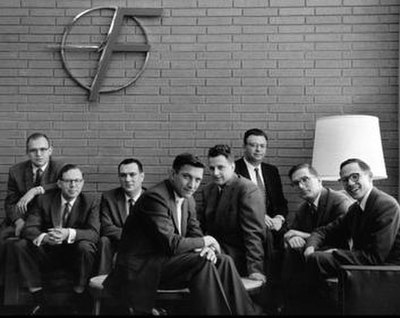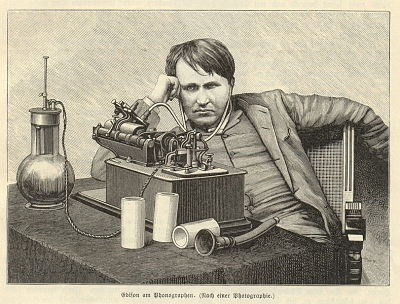
Ever since the Traitorous Eight founded Fairchild Semiconductor in 1957, Silicon Valley has been a hotbed of innovation, and especially disruptive innovation of the kind that creates (and destroys) huge companies and even entire industries. But what is innovation? How does it happen? Why are some innovations successful and others are spectacular failures? How can companies see disruption coming their way? What are the most effective strategies for creating (or defending against) disruptive innovation?

The answers to these questions are usually slathered with thick layers of mythology, hype, buzzwords, academic pontificating, and hagiography. It’s the genius in the garage. It’s the risk-taking entrepreneur. It’s the brilliant lightning bolt of insight. It’s the venture capitalist who believes. It’s the young team working day and night. It’s vision. It’s culture. It’s caffeine. It’s luck. The truth is, innovation is all of those things. But, so what? What good are these descriptions? What can anyone do with them? There has to be a better way. We’ve been lucky to have the opportunity to experience innovation in action in many contexts. As entrepreneurs, executives, and advisers we’ve helped startups and market-leading Fortune 500 companies meet the challenges of life in the Age of Hyper-Innovation, when both massive opportunity and catastrophic disruption are always just around the corner.

Why the struggle? Part of the answer is that profitable innovation is not easy, no matter how you slice it. All innovators have to work with partial information and limited resources. But those who can maximize their understanding of the limited information and optimize the use of their limited resources always have the edge. They have the strategic advantage.
We’re here to help companies seize that advantage. Our process is built around a simple idea. In fact it is so simple that some would describe it as obvious, or even tautological. But with this idea as the core, we’ve been able to create a toolkit for innovators that helps teams:
- Understand how innovation and disruption happen
- Recognize opportunities and threats sooner
- Anticipate what will happen next in a disruptive situation
- Identify the attack and defense strategies that have the highest chance of success
- Avoid wasting time and resources on ineffective tactics
- Optimize their strategies for profitable innovation
So what is this simple idea? We call it the 2nd Law of Disruption:
All Disruption is Caused by Changes
in Product-Market Fit
- A “Beta” draft of our upcoming book on Product-Market Fit and innovation strategy. The book is built around our core tools Q-PMF (Quantitative Product-Market Fit) and ΔV (“Delta V,” or “difference in value”), which we use to explore and explain many concepts that are useful to innovative teams. Here’s some of what you will find:
- Welcome to the Age of Hyper-Innovation
- Product-Market Fit: “The Only Thing That Matters”
- Quantitative Product-Market Fit (Q-PMF)
- ΔV (DELTA V) and the Innovator’s Secret Formula
- The Three Modes of Product Market Fit Change
- The Five Moves in the Innovator’s Playbook
- Customer Lock-In
- Table Stakes and Over Fit
- The Disruption Decoded Blog, where we explore and analyze innovation in action.
- Information on our Workshops, where participants learn, practice and master the tools of profitable innovation.
- Information about our Consulting Practice.